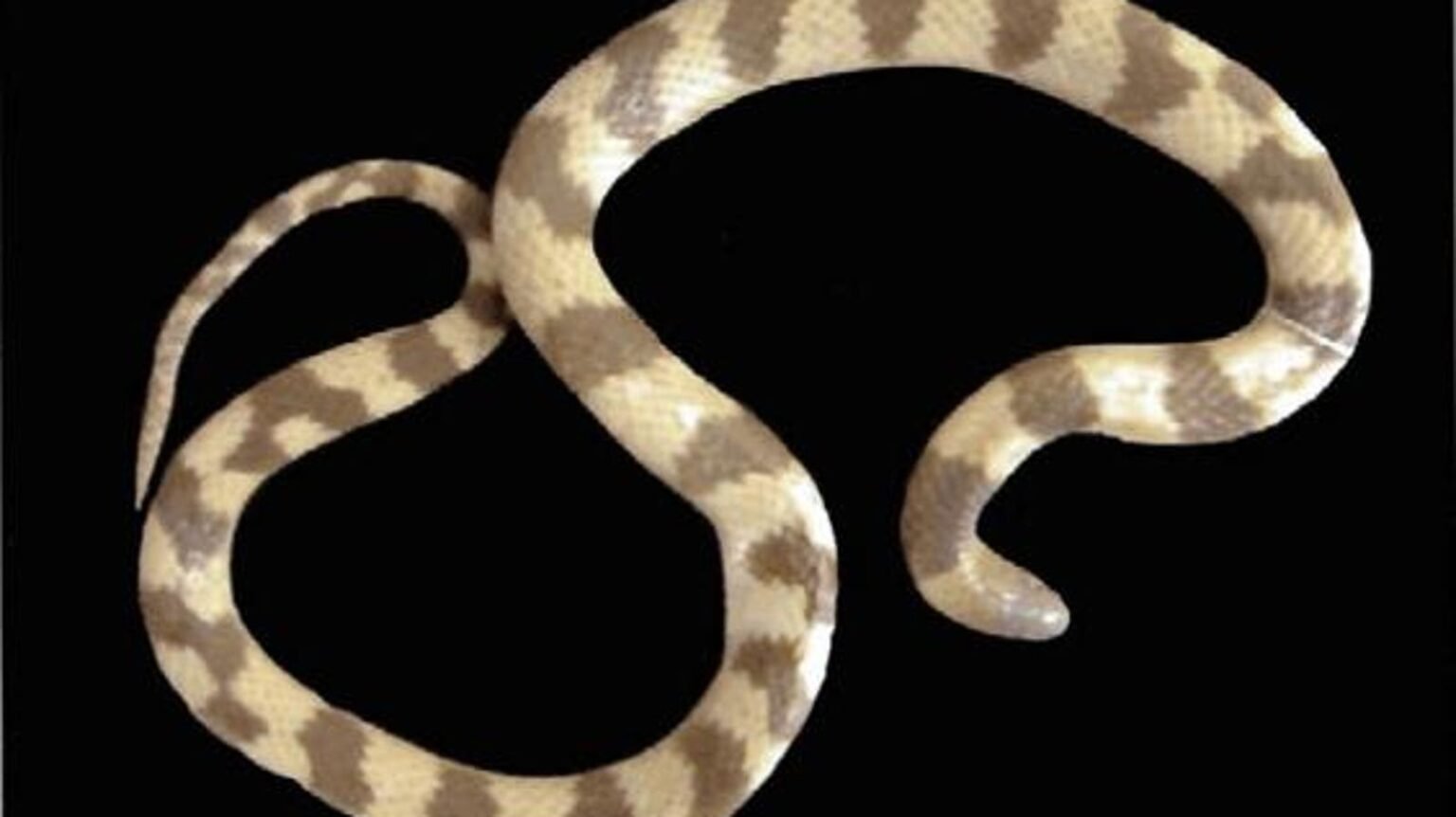A herpetologist’s list of the rarest species may spark debate due to the subjective nature of rarity. Should it be based on population size, geographic range, threat level, or unique biological aspects? Dunn’s Earth Snake in Central America stands out as a rare find, known from just one specimen found inside the stomach of a venomous coral snake.
The discovery of Dunn’s Earth Snake is remarkable as it is categorized as being known from a single individual, or holotype, which has never been seen in the wild. This snake was uncovered inside the stomach of a coral snake that was dissected years after its collection. The specific location of this rare species remains unknown due to vague locality details provided with the coral snake specimen.
Despite efforts to rediscover Dunn’s Earth Snake over the past century, no additional data points have emerged. The biology of this elusive species can only be inferred from its morphology and closest relatives, showcasing its likely fossorial habits and diet of small invertebrates. Its possible habitat in the pine-oak and cloud forests of Matagalpa, Nicaragua, has been threatened by agricultural activities.
The discovery of Dunn’s Earth Snake sheds light on the effectiveness of ophiophagous snakes in finding elusive species. These snakes, such as coral snakes, specialize in eating other snakes and have evolved traits to hunt them down successfully. Other rare species, like the “dinner snake” found in Mexico, have also been uncovered from the stomach contents of coral snakes. Studying the diets of these predators could lead to more unique discoveries.
The possibility of finding more rare species by examining the stomach contents of ophiophagous snakes is tantalizing. As more research is conducted on these secretive predators, new species may be discovered, offering valuable insights into the biodiversity of snake populations. If you ever find yourself in northern Nicaragua, keep your eyes peeled for Dunn’s Earth Snake, a mysterious species that may still be waiting to be found in the wild.

